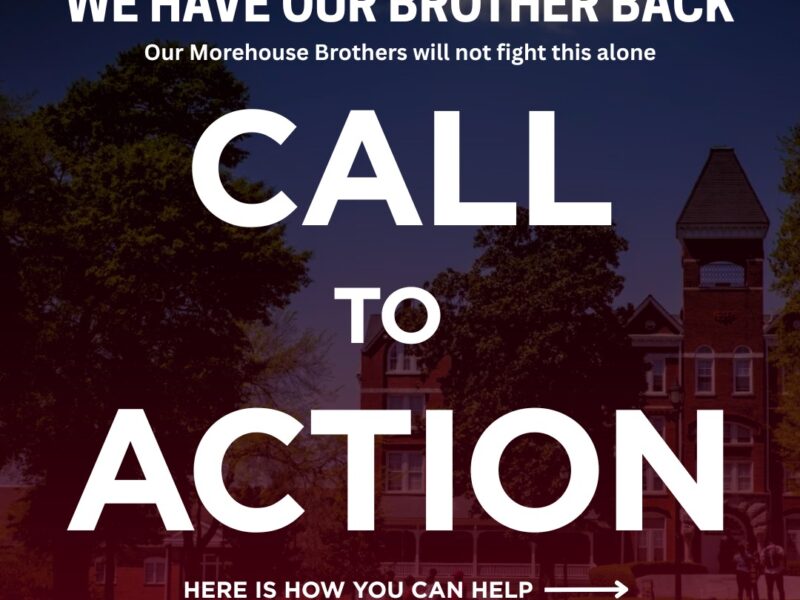“The Color Purple” Cast Engages with HBCU Student Leaders

Image via Indi Clayton
By: Ryann Phillips & India Rice, Staff Writers
Although decades have passed since the release of Alice Walker’s classic novel in 1982, Warner Bros. Pictures’ bold rendition of “The Color Purple” combines her visionary storytelling with generational twists to inspire sisterhood and foster healing for families today. HBCU journalists and student leaders across the country were invited to a round table talk alongside the film’s star-studded cast to discuss the making of the film and its impact across generations.
Director, Blitz Bazawule, from Beyoncé’s “Black Is King” worked with writer Marcus Gardley to infuse music in the storyline for the first on screen musical adaptation of “The Color Purple” Gardley based the script on Walker’s novel and the musical stage play by Marsha Norman.
“The Color Purple” chronicles the lives of three women Celie, Shug Avery, and Sofia as they navigate life in the south during the early 20th century. Each of them on their journey of self-exploration find it necessary to depend on each other to survive.
In this year’s version, the music represents the characters’ healing as it guides them through difficult moments in each of their stories. Eye-catching choreography by Fatima Robinson accompanies these moments, while powerful images serve as the core of the film.
Bazawule told The Maroon Tiger that these choices were made with a bigger purpose in mind.
“I think what ‘The Color Purple’ has always represented is radical forgiveness…It was very, very important that we see that visually because I hope that families pack the theaters and feel this way and repair their broken bonds and go through their healing…That is really what I hope for this,” Bazawule said.
Celie (played by Fantasia Barrino) encounters many challenges after being separated from her sister and placed with an abusive husband. Thus, she depends on well-known singer, Shug (played by Taraji P. Henson), and headstrong stepdaughter, Sofia (played by Danielle Brooks) to persevere.
“We can truly love each other into being…again and again,” Brooks said.
Their sisterhood represents a vital through line, and the actresses want to inspire other Black women to lean on each other.
“We’re powerful in numbers…We need each other. Because don’t nobody else got our back. We’re all we got. We need each other to lift each other up. We do,” Henson said.
This theme of sisterhood also resonated with The 40th Miss Spelman Court who was invited to attend the film’s premiere in Los Angeles along with other HBCU royalty.
For Indi Clayton, The 40th Miss Spelman College, the film “made [her] feel seen” naming it as “one of the most empowering films” she’s ever watched.
“I think that was very beautiful to see especially coming from Spelman College and sisterhood being a very important element of our education and life,” Ayiana Davis Polen said, the First Attendant to the 40th Miss Spelman College and Court.
Nadia Scott, the Second Attendant to Miss Spelman College, shared similar sentiments after attending the premiere.
“Your sister doesn’t always have to be your blood sister but just the bonds that black women share with each other is just so special and so unique and unlike anything else. A group of black women can change the world,” Scott said.
To experience this sense of community in theaters, you can view “The Color Purple” in North America on Christmas day.
Copy Edited by: Auzzy Byrdsell, Editor-in-Chief






